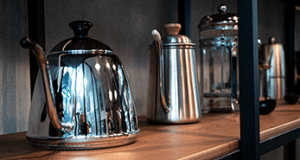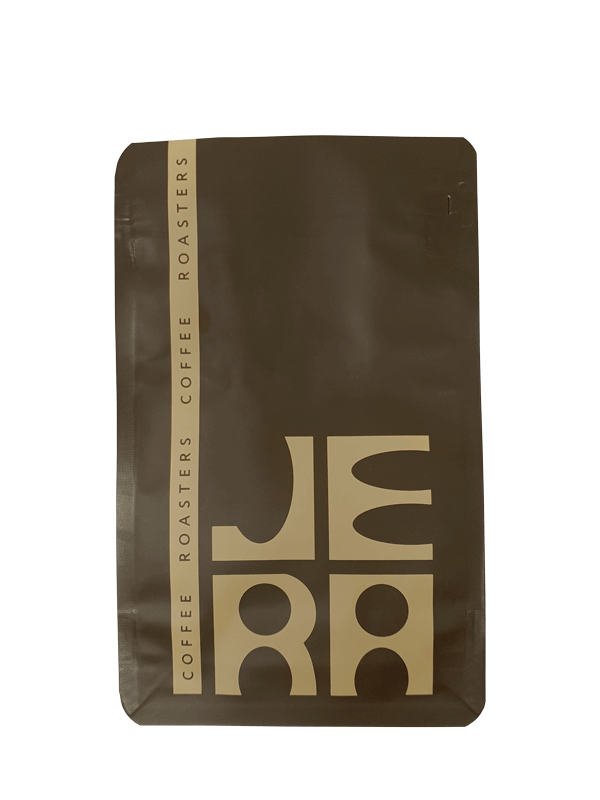בורונדי | Kayanza, Nemba Washing Station
קפה קלוי בורונדי
גוף בינוני, מתיקות גבוהה, חמיצות עסיסית שך פטל שחור וענבים. מצוין להכנת קפה פילטר!
₪60.00 – ₪240.00
ברכישת כל סוגי קפה קלוי בסכום:
בין 600 ש"ח ל-1000 ש"ח עם קוד קופון "15%" תקבלו 15% הנחה
בין 1001 ש"ח ל-1500 ש"ח עם קוד קופון "25%" תקבלו 25% הנחה
מעל 1501 ש"ח עם קוד קופון "30%" תקבלו 30% הנחה
Nemba station lies in the northern province of Kayanza. Nemba uses a monitoring system to ensure traceability all along the production and processing chain. All 1,074 producers are smallholders who own an average of 150 coffee trees. The farmers delivering cherry to Nemba are all located around 1,700+ meters above sea level, near the Kibila forest. The washing station has over 200 drying tables and can process up to 750 metric tons of cherry annually.
Most coffee trees in Burundi are Red Bourbon for reasons of quality. Because of the increasingly small size of coffee plantings, aging rootstock is a very big issue in Burundi. Many farmers have trees that are over 50 years old, but with small plots to farm, it is difficult to justify taking trees entirely out of production for the 3 to 4 years it will take new plantings to begin to yield. In order to encourage farmers to renovate their plantings, Greenco purchases seeds from the Institut des Sciences Agronomiques du Burundi (ISABU), establishes nurseries and sells the seedlings to farmers at or below cost.
Despite the ubiquity of coffee growing in Burundi, each smallholder produces a relatively small harvest. The average smallholder has approximately 250 trees, normally in their backyards. Each tree yields an average of 1.5 kilos of cherry so the average producer sells about 200-300 kilos of cherry annually.
During the harvest season, all coffee is selectively handpicked and harvesting is done almost entirely by the family.
After sorting, cherry is pulped within 6 hours of delivery. During pulping, cherry is separated in to high- and low-grade by density on a Mackinon 3-disc pulper outfitted with an additional separation disk. Once pulped, coffee is placed in Epoxy-coated, concrete fermentation tanks. Intenso yeast purchased from the French company Lalcafe is added to the tanks. The coffee is left to ferment in this environment for approximately 96 hours.
LALCAFÉ INTENSO™ yeast (Saccharomyces cerevisiae) was specially developed for coffee production over a four-year period of research and trials. Trials in various regions and environments showed that Intenso is well suited to better control the fermentation process’ efficiency and to upgrade the cup quality. The yeast is able to control the fermentation process against the risk of spoilage micro-organisms that can generate undesirable defects. Furthermore, its specific metabolism and high capacity even at cold temperatures (minimum 15°C inside the coffee tank) allow for the expression of fresh and fruity characteristics of the coffee beans while respecting the unique flavors of each lot.
The longer fermentation time for yeast-processed coffees (washed processed typically ferments for about 12 hours) also allows for more developed flavors. The extra time enables the beans to absorb metabolites, which can enhance flavors. Complexity, acidity, brightness, floral notes and more are all boosted by the lengthened fermentation time.
After fermentation is completed, coffee is run through washing and grading canals. In total, the channel separates beans into seven grades according to density. After washing, parchment is poured onto wooden trays or nylon bags and carried to the drying tables, each in its separate quality group. Each tray and nylon bag of parchment keeps its traceability tag with all info.
Parchment is laid on raised beds to dry. While drying, parchment is repeatedly sorted and sifted to ensure even drying. Parchment is left to dry from sunrise to sunset and is covered with a sheet during the evening or when it rains. If the weather conditions are good, the parchment takes on average 10 to 14 days to dry. The moisture level is carefully monitored and any parchment with visual defects is removed.
Once dry, the parchment coffee is then bagged and taken to the warehouse. Greenco’s team of expert cuppers assess every lot (which are separated by station, day and quality) at the lab. The traceability of the station, day and quality is maintained throughout the entire process.










